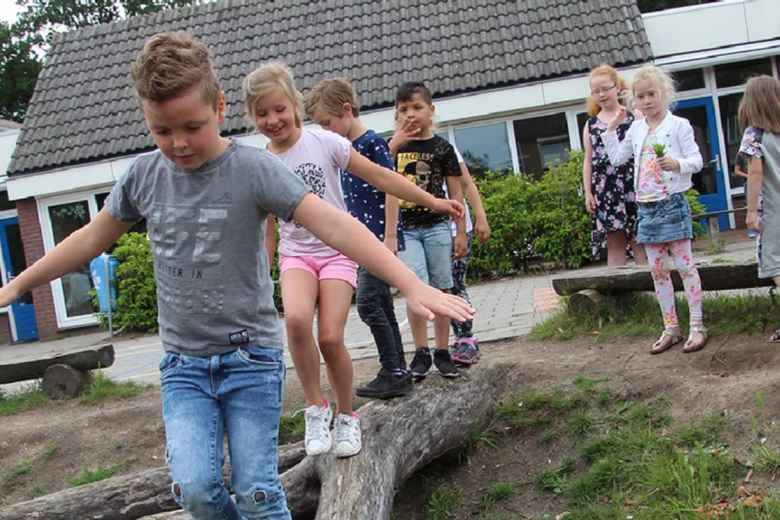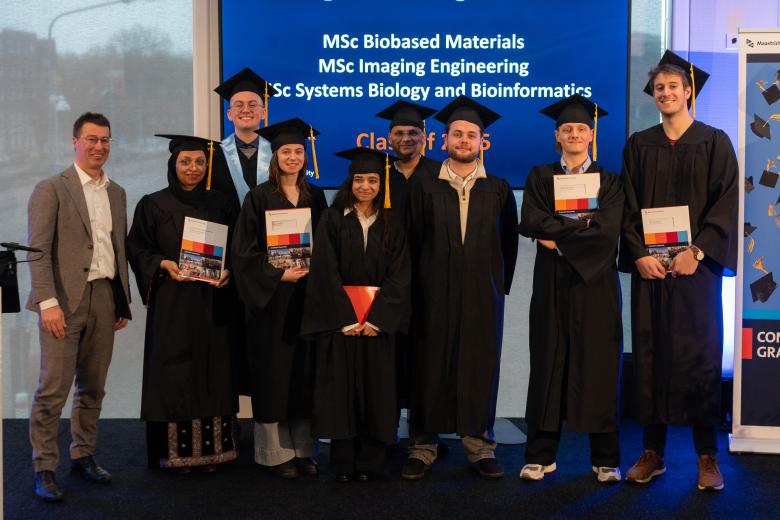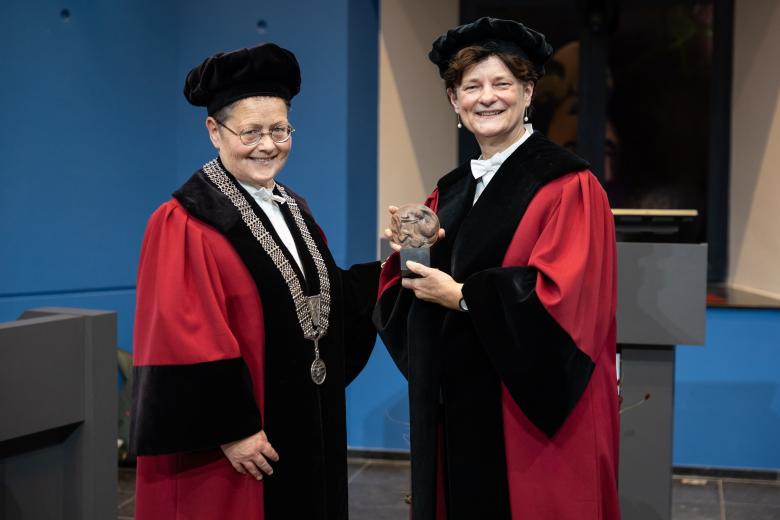Interprofessional education in healthcare
At the Faculty of Health, Medicine and Life Sciences, staff and students strive to make a difference. For instance, Carlos works on bioprinting kidney models. And Stefanie focuses on functionality in breast reconstructions. In 'Nice to meet you' these individuals introduce themselves and share their work within FHML.
Collaborative practice happens when multiple health workers from different professional backgrounds work together with patients, families, carers and communities to deliver the highest quality of care across settings, according to the WHO.
Sound interprofessional collaboration leads to better-perceived care, better healthcare outcomes, and sustainable employability of healthcare professionals. As a catalyst for improved healthcare, students need to prepare for interprofessional collaboration. We often do this through interprofessional education, in which students from two or more healthcare professions (e.g., doctors, nurses, and physiotherapists) learn about, from, and with each other. Renee Stalmeijer, Associate Professor at the Department of Educational Development and Research and the School of Health Professions Education, is researching how and when we can best prepare students for interprofessional collaboration.
Interactions in healthcare
“We learn from each other through interactions” Renee states, based on principles of Socio-Cultural learning theories. Of course, this applies in all professions, but Renee has been focussing on healthcare for the past 20 years. “When I was a student in educational sciences, I was taught by the Faculty of Health, Medicine and Life Sciences as well as the School of Business and Economics. For my internship, I wanted to research why curriculum changes are often met with such resistance, and it so happened that the bachelor in Medicine was working on a large curriculum change at the time, so that became my thesis topic. I biked back and forth over the Meuse to work on my thesis and collect data until I graduated and was offered a dual job at FHML: partly as a member of Task Force Program Evaluation, specifically for the medical curriculum and partly as a PhD-candidate.
Feedback right back at you
Throughout her PhD, Renee developed the ‘Maastricht clinical teaching questionnaire’. A valid and reliable instrument for the evaluation of clinical teachers by students, that is now a tool used on an international level in a variety of healthcare professions. “After my PhD, I kept working on medical internships and workplace learning. I keep track of the affiliated hospitals and healthcare institutions where our students perform internships and make sure their supervision is in accordance with our teaching principles.”
Renee found that it was self-evident that medical students came into contact with other professions in the workplace but without official recognition of its importance. “If a new student starts in a medical unit and needs to understand the lay of the land, they benefit from the ones with the most experience, which is often the nursing staff, not only physicians. The role of all members of the healthcare team as guides for medical trainees deserves more attention.”
“If a new student starts in a medical unit and needs to understand the lay of the land, they benefit from the ones with the most experience, which is often the nursing staff, not only physicians. The role of all members of the healthcare team as guides for medical trainees deserves more attention.”
Break down the workplace barriers
Interprofessional education is generally part of formal education, in the shape of simulation training for example. However, it’s Renee’s belief that informal education at the workplace sparks the realisation of the need for interprofessional collaboration. “The possibilities and limitations of a student’s own role and that of other professions only really come into play when you enter a hospital or a GP’s office. Of course, a medical student interested in nephrology for example has to be taught everything about kidney disease, but to deliver quality care, an understanding of the entire care team, what they do and how you need each other to provide quality care is important.”
Text and photography: Ruben Beeckman
Also read
-
Green school playgrounds boost concentration and wellbeing
Children at schools with green playgrounds are better able to concentrate and display more social behaviour. This is the conclusion of a follow-up study within the long-running project The Healthy Primary School of the Future .
-
Ron Heeren appointed fellow of the Netherlands Academy of Engineering
Professor Ron Heeren, distinguished university professor at Maastricht University (UM) and director of the Maastricht MultiModal Molecular Imaging Institute (M4i), was appointed as a fellow of the Netherlands Academy of Engineering (NAE) on Thursday 11 December.
-
Prof. dr. Mirjam oude Egbrink awarded MUMC+-medal
During her farewell lecture on Friday, 28 November, Prof. Mirjam Oude Egbrink was awarded the MUMC+ medal by Dean Annemie Schols for her distinguished career.